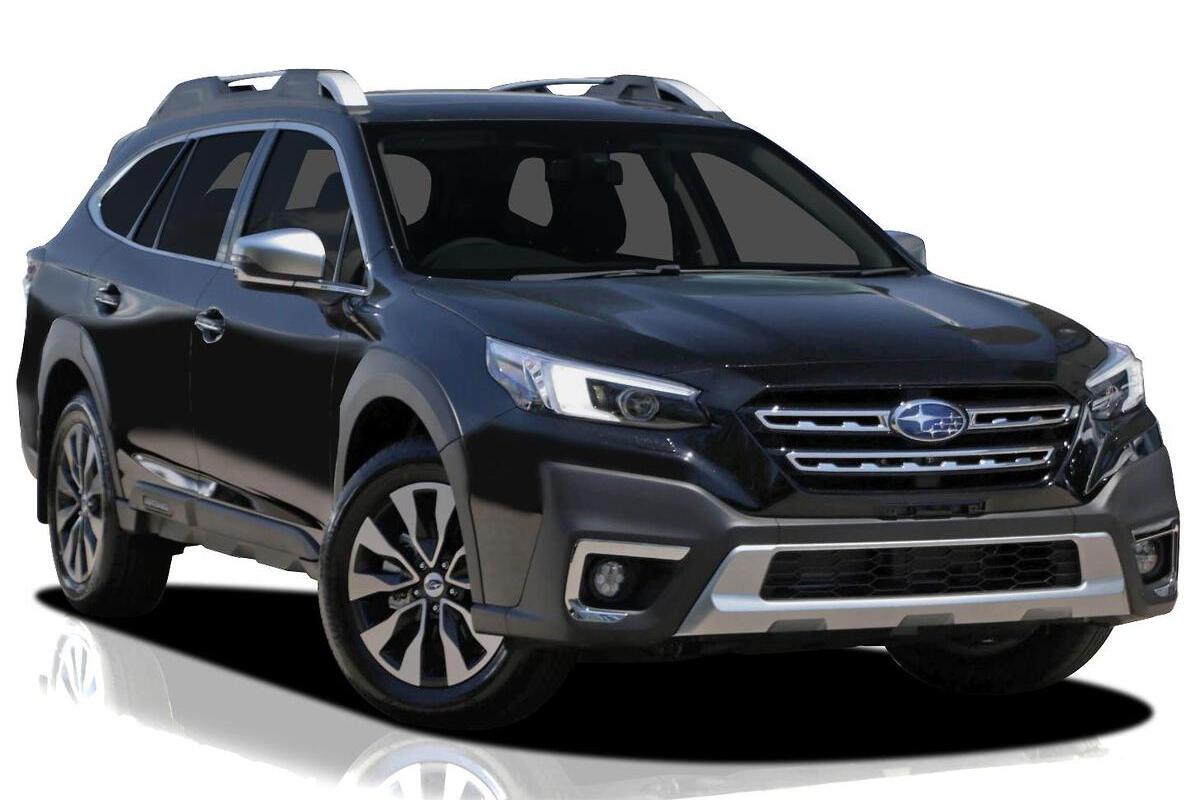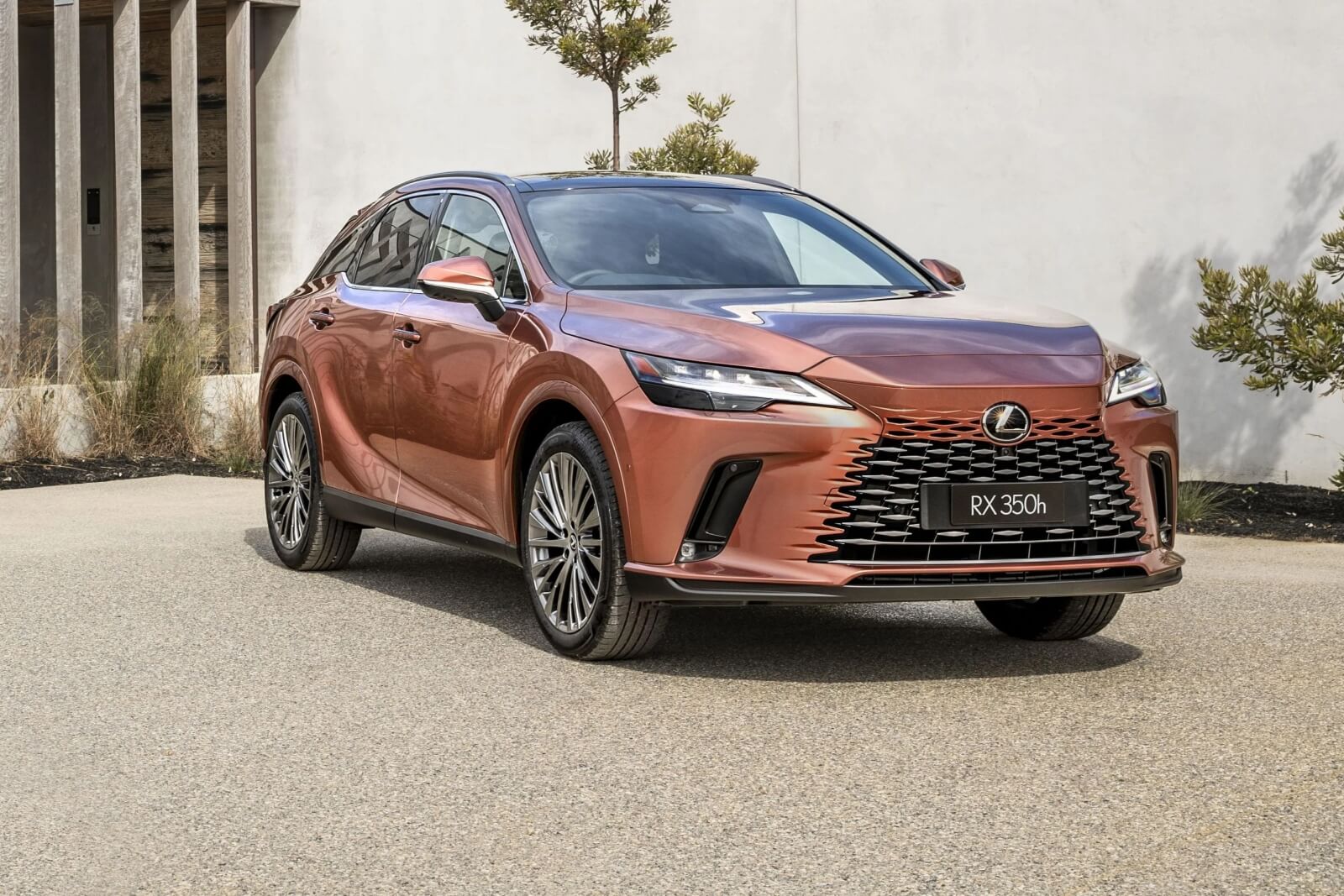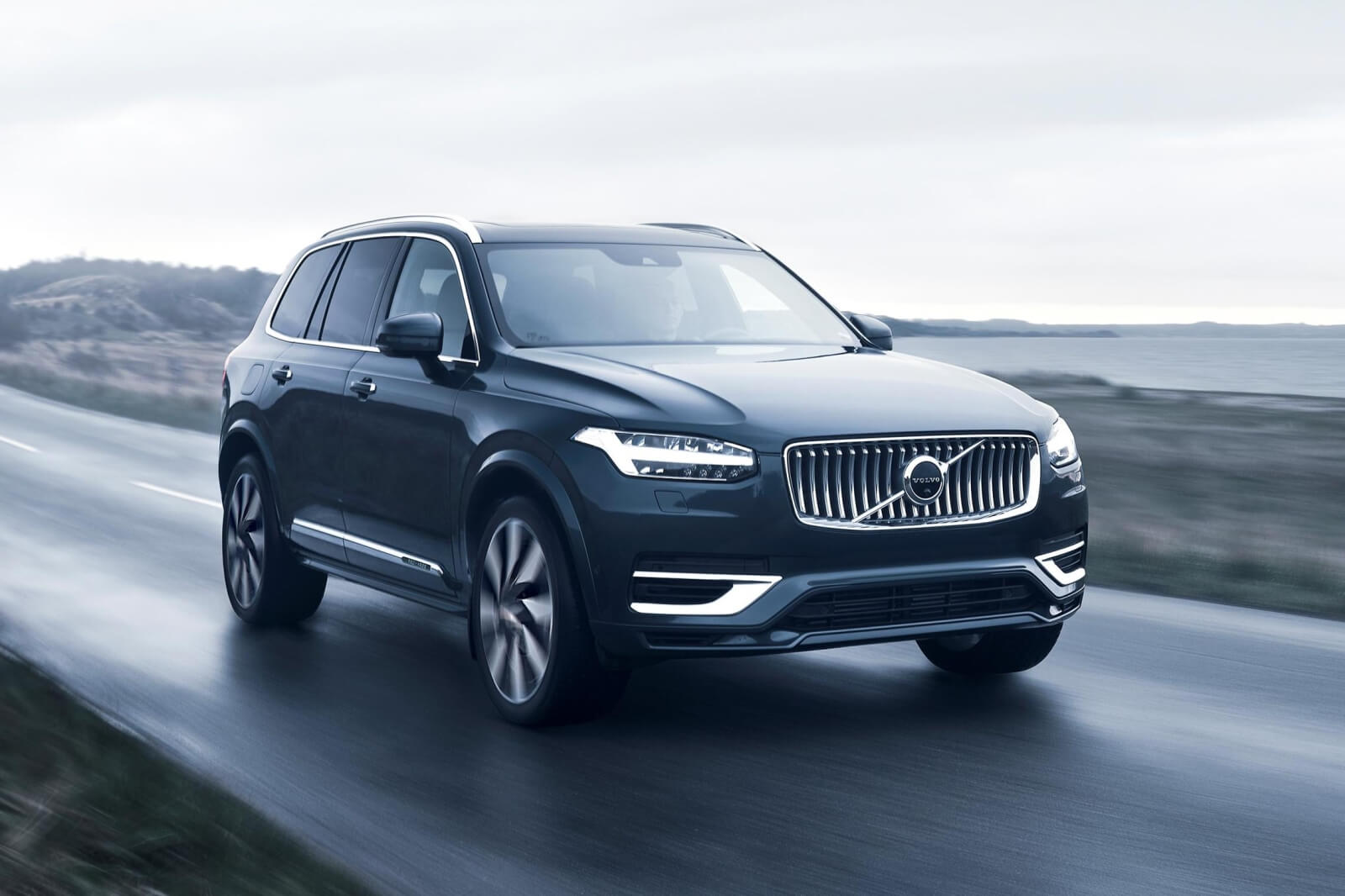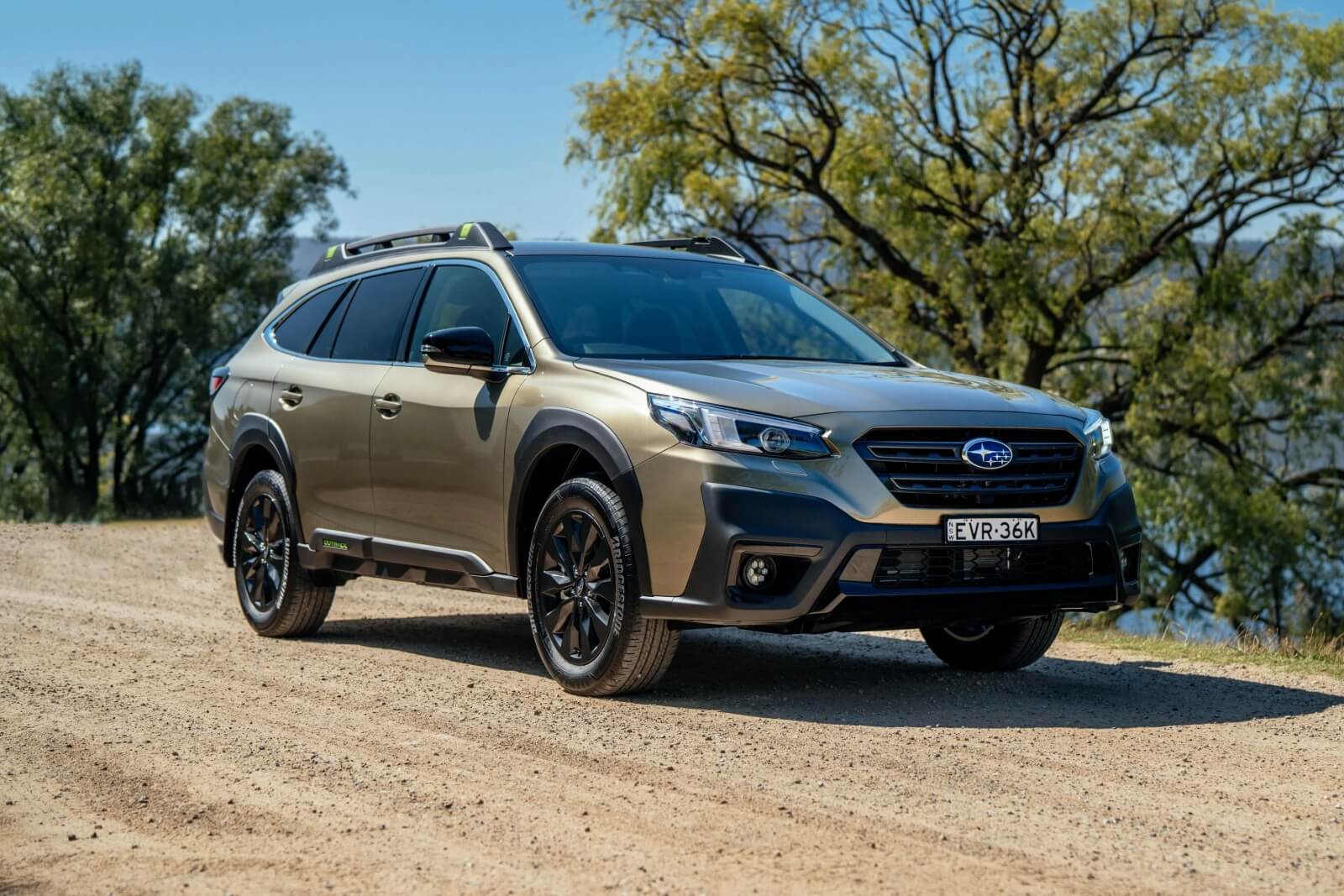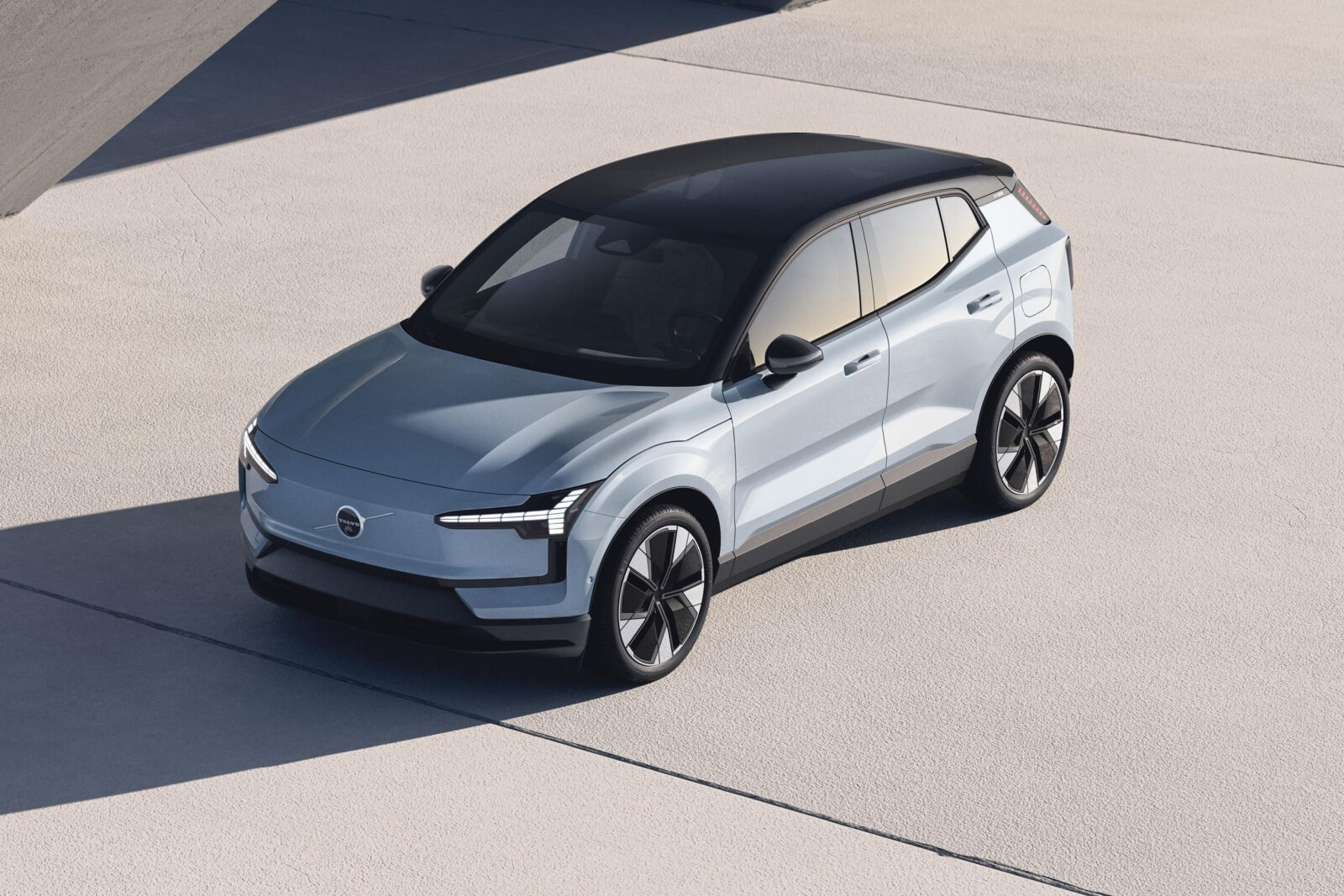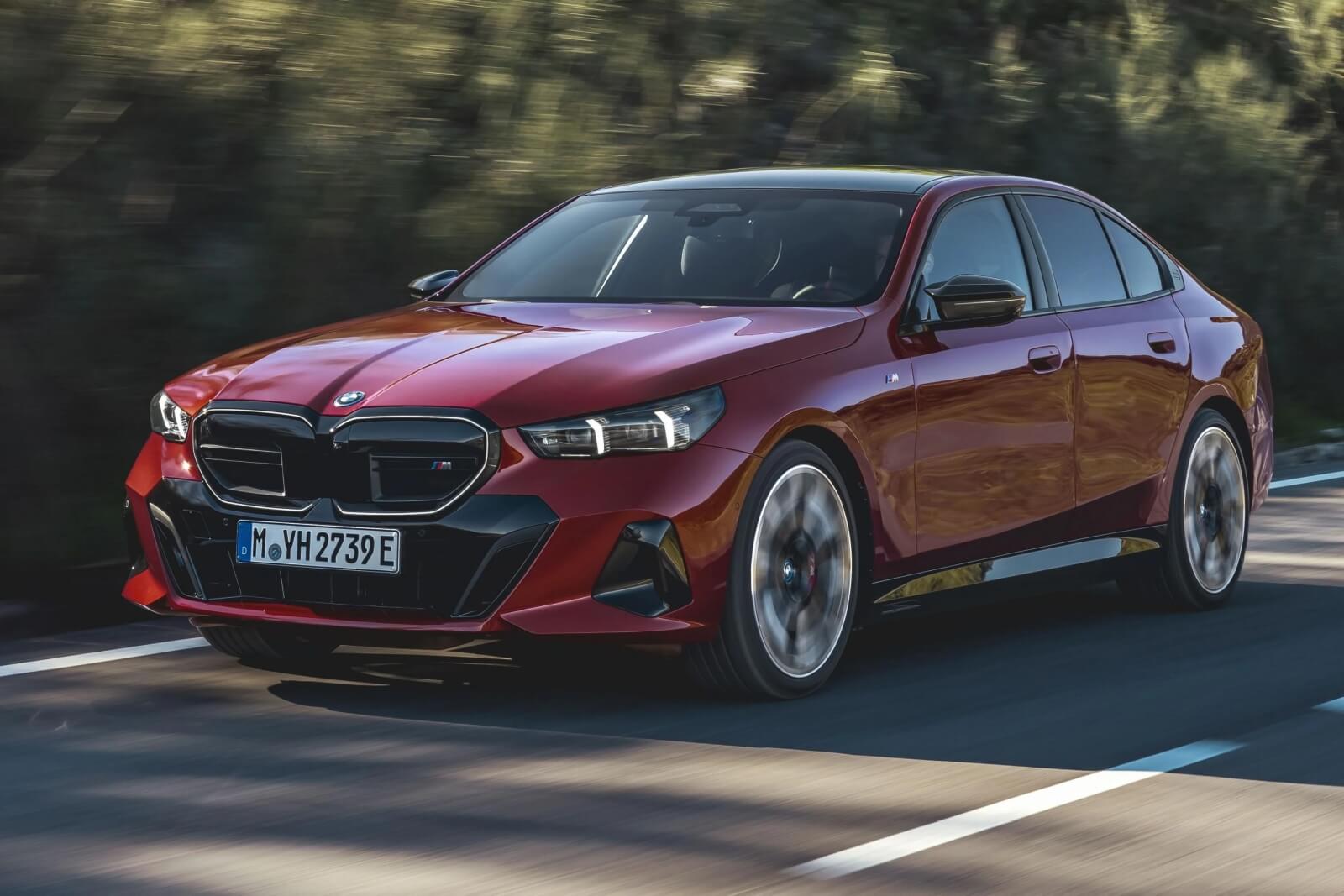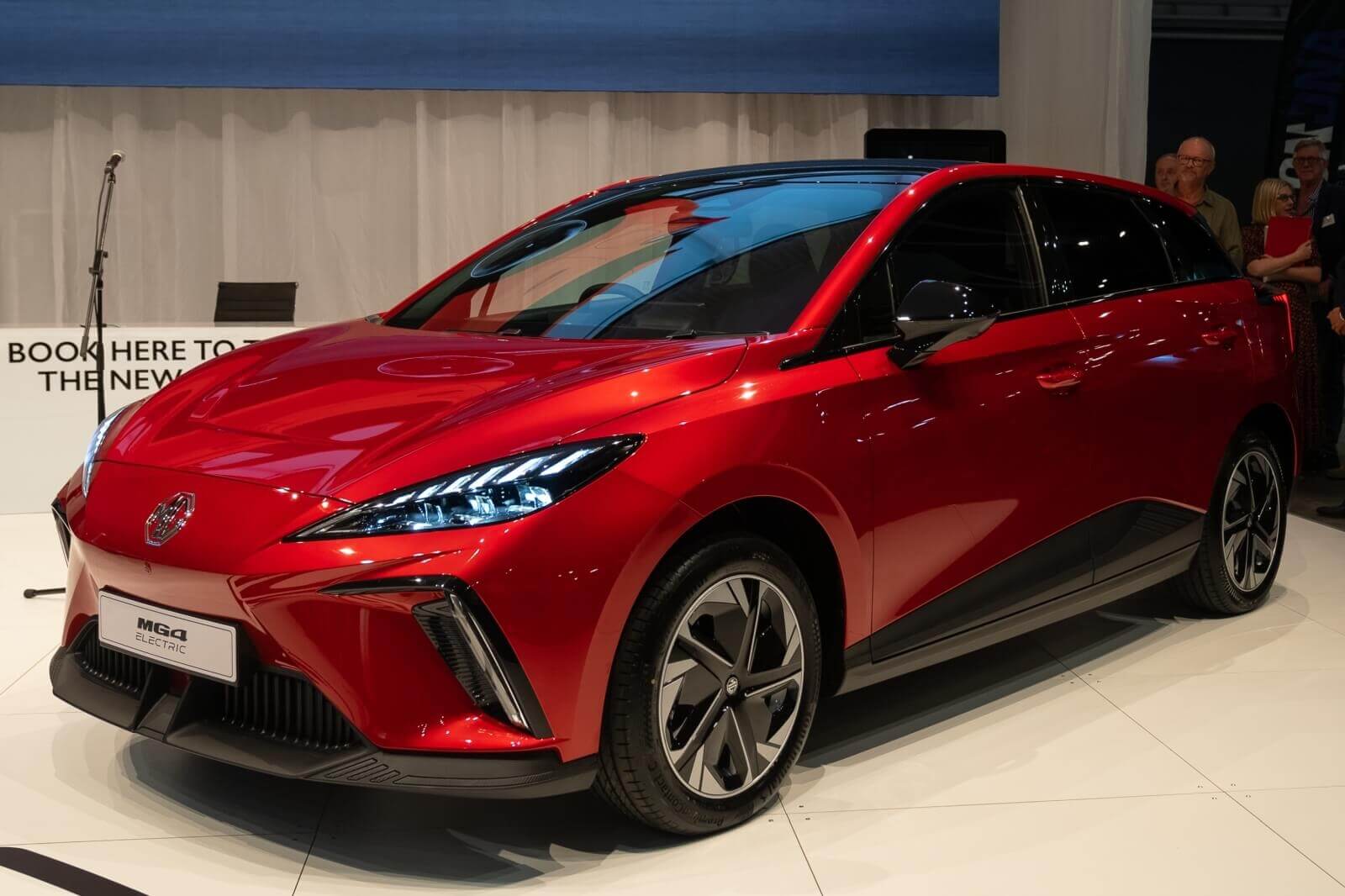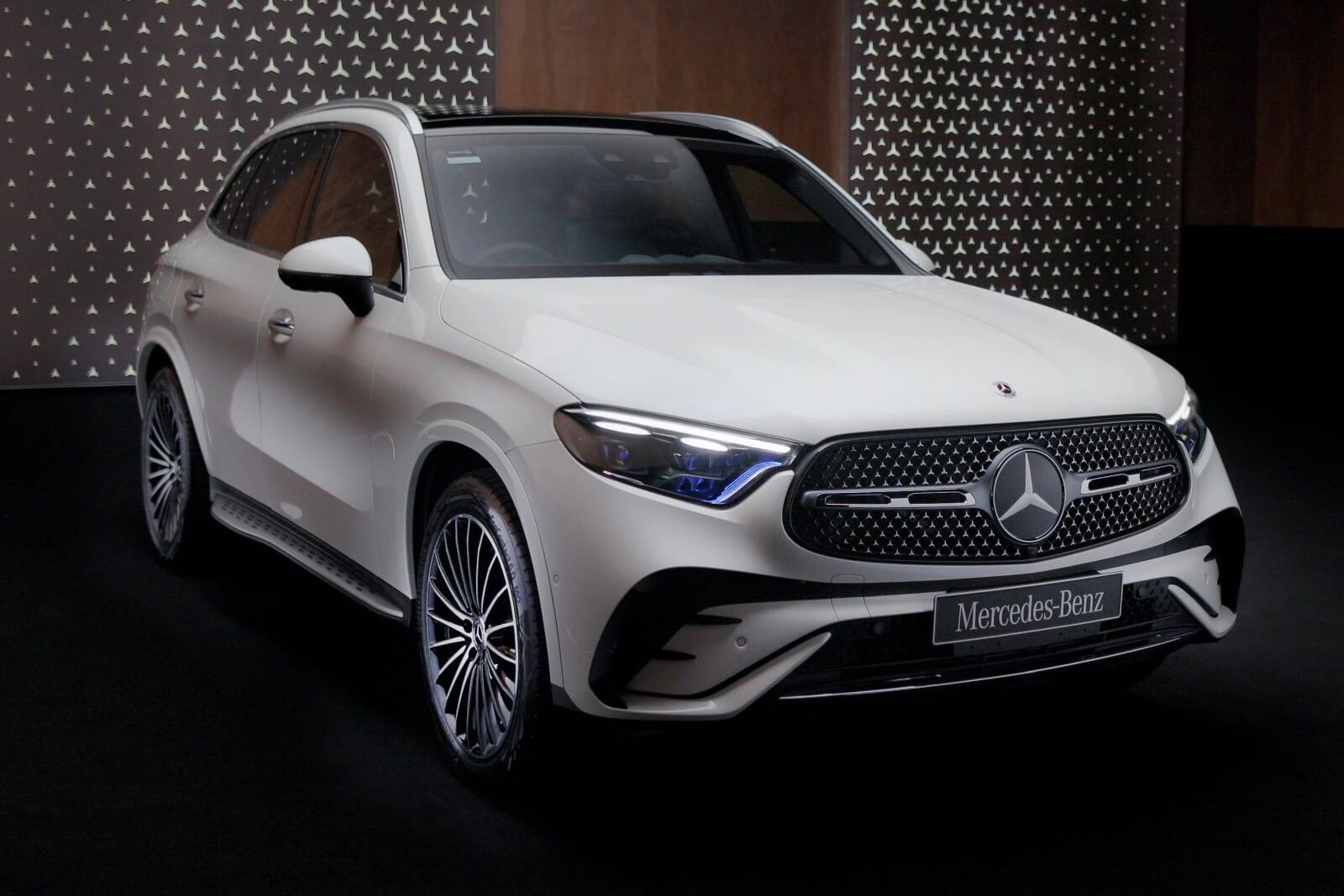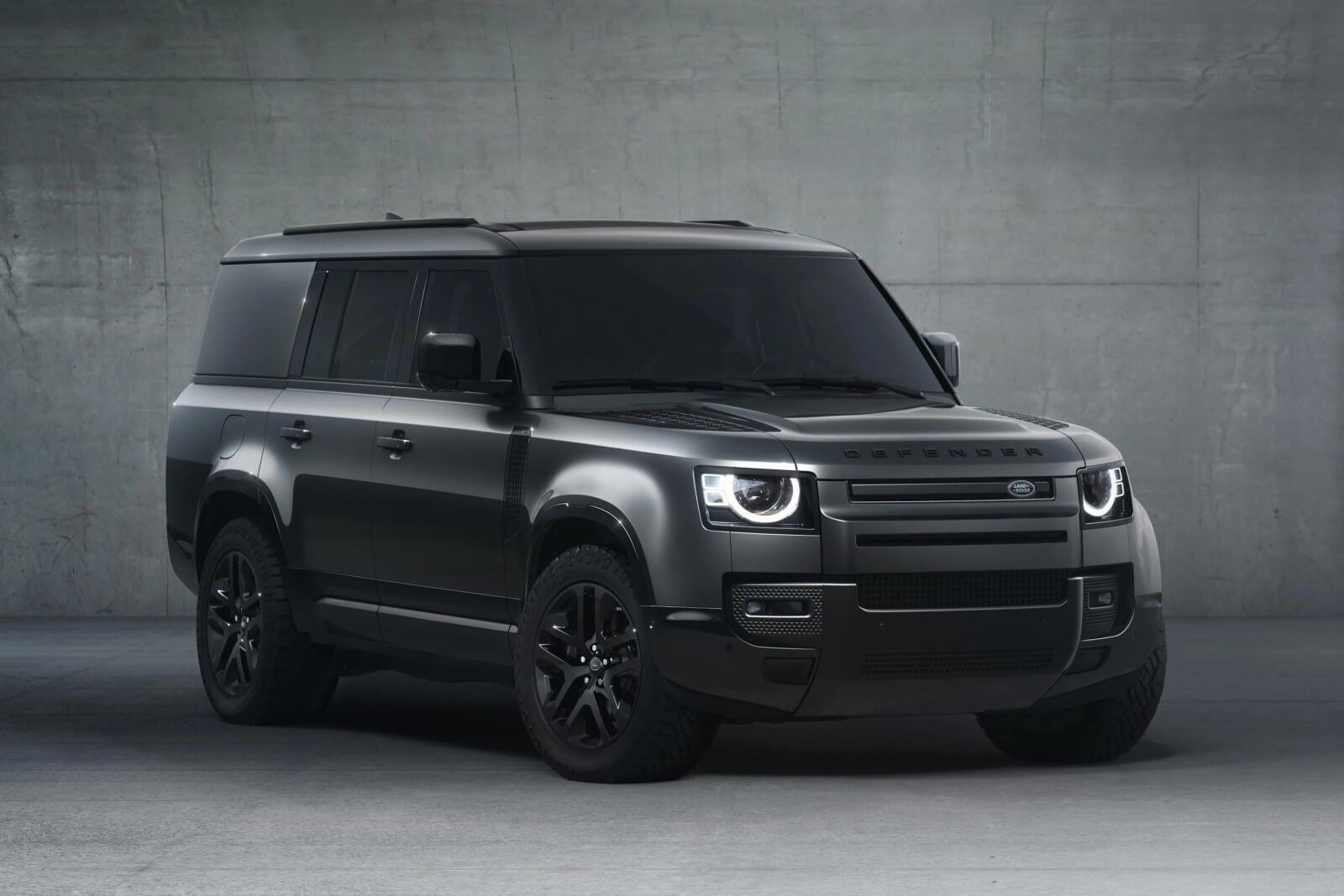The sixth iteration of the Subaru Outback finally receives in Australia what was long overdue: a potent turbocharged engine option.
Pros
- The turbocharged engine provides the power the Outback has always deserved
- Robust construction, aptly suited for Australian conditions
- Spacious, well-equipped interior
- Comfortable ride
Cons
- The base engine could use more power
- $5000 premium for the turbo variant
- The instrument cluster could be more advanced
- The absence of a head-up display
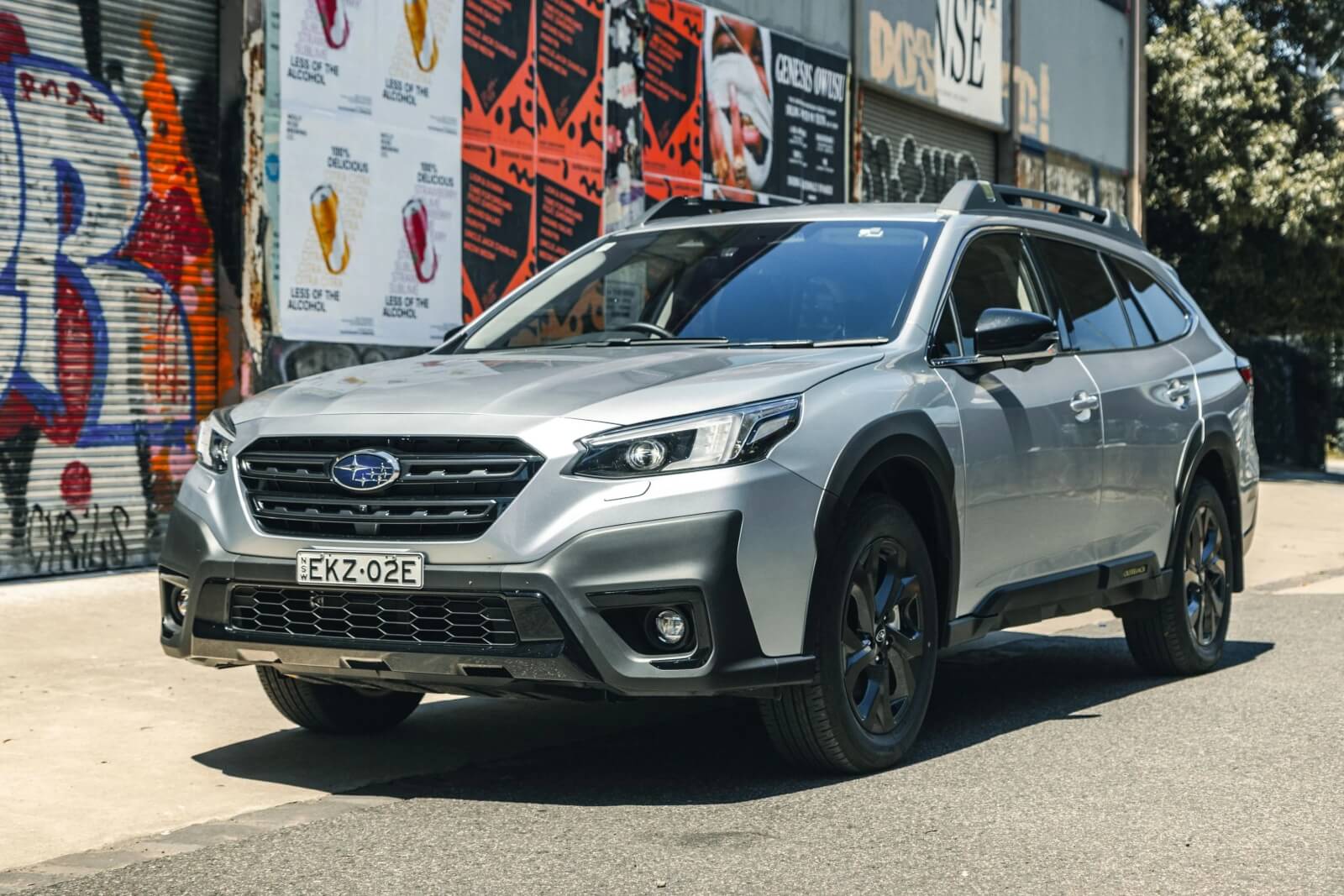
What are the prices for the Subaru Outback XT?-carexpert
2023 Subaru Outback pricing:
Outback AWD: $42,690
Outback AWD Sport: $47,190
Outback AWD Touring: $50,990
Outback AWD Sport XT: $52,190
Outback AWD Touring XT: $55,990
Pricing for the new XT Turbo models starts from $52,190 for the Sport and $55,990 for the Touring, representing a $5000 premium over the equivalent 2.5-litre naturally-aspirated variant. Prices exclude on-road costs.
All prices exclude on-road costs
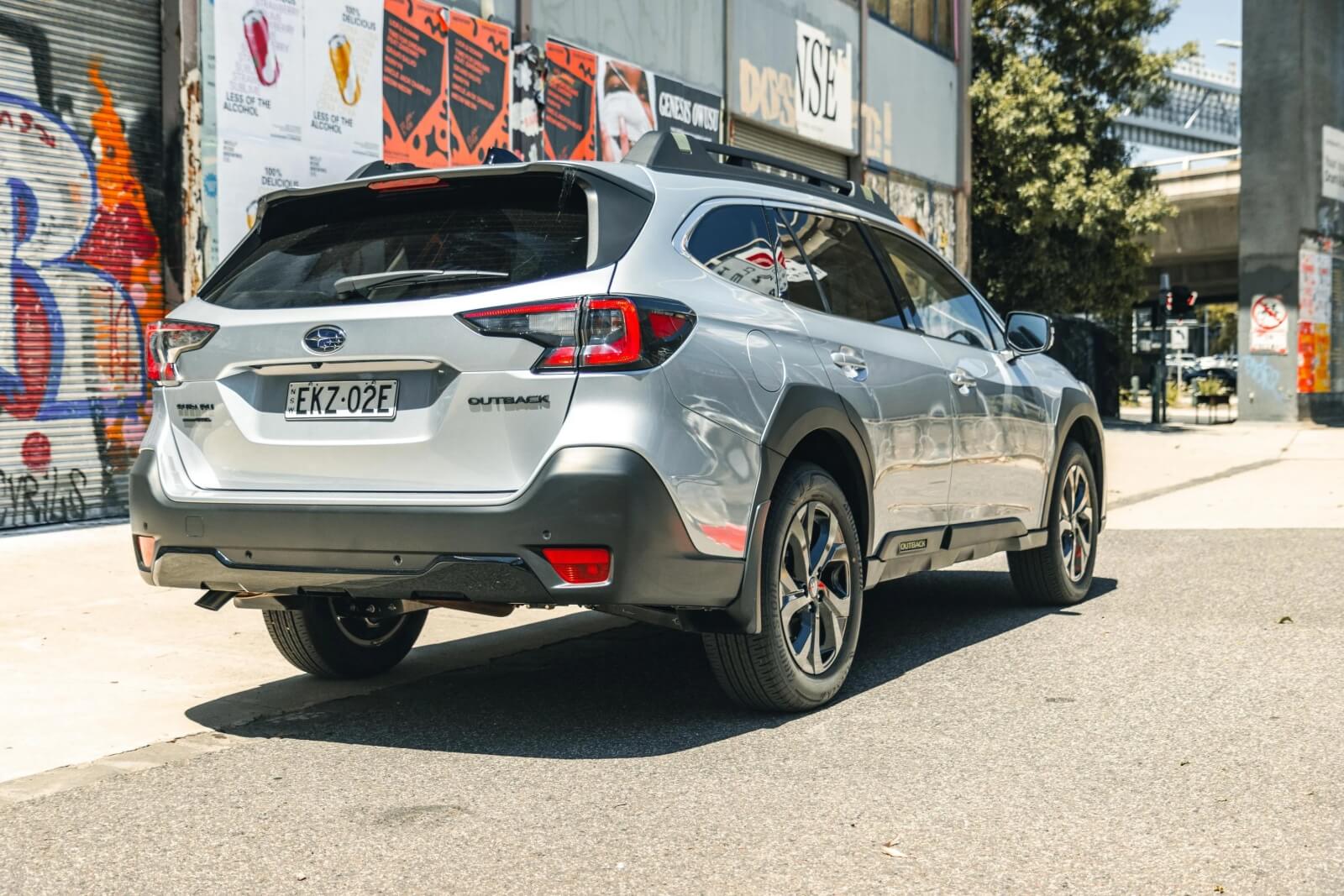
What’s under the bonnet?
For the 2023 release, the Outback's base model retains its standard 2.5-liter four-cylinder Boxer engine, still providing 138kW of power at 5800rpm and 245Nm of torque between 3400 and 4600rpm.
The upgraded Outback XT model showcases a reworked 2.4-liter turbocharged four-cylinder Boxer engine, reminiscent of the WRX's powerplant but slightly modified. The upgraded engine offers 183kW of power in the 5200-6000rpm range, and 350Nm of torque between 2000 and 4800rpm – torque figures identical to the WRX, albeit with 19 fewer kilowatts.
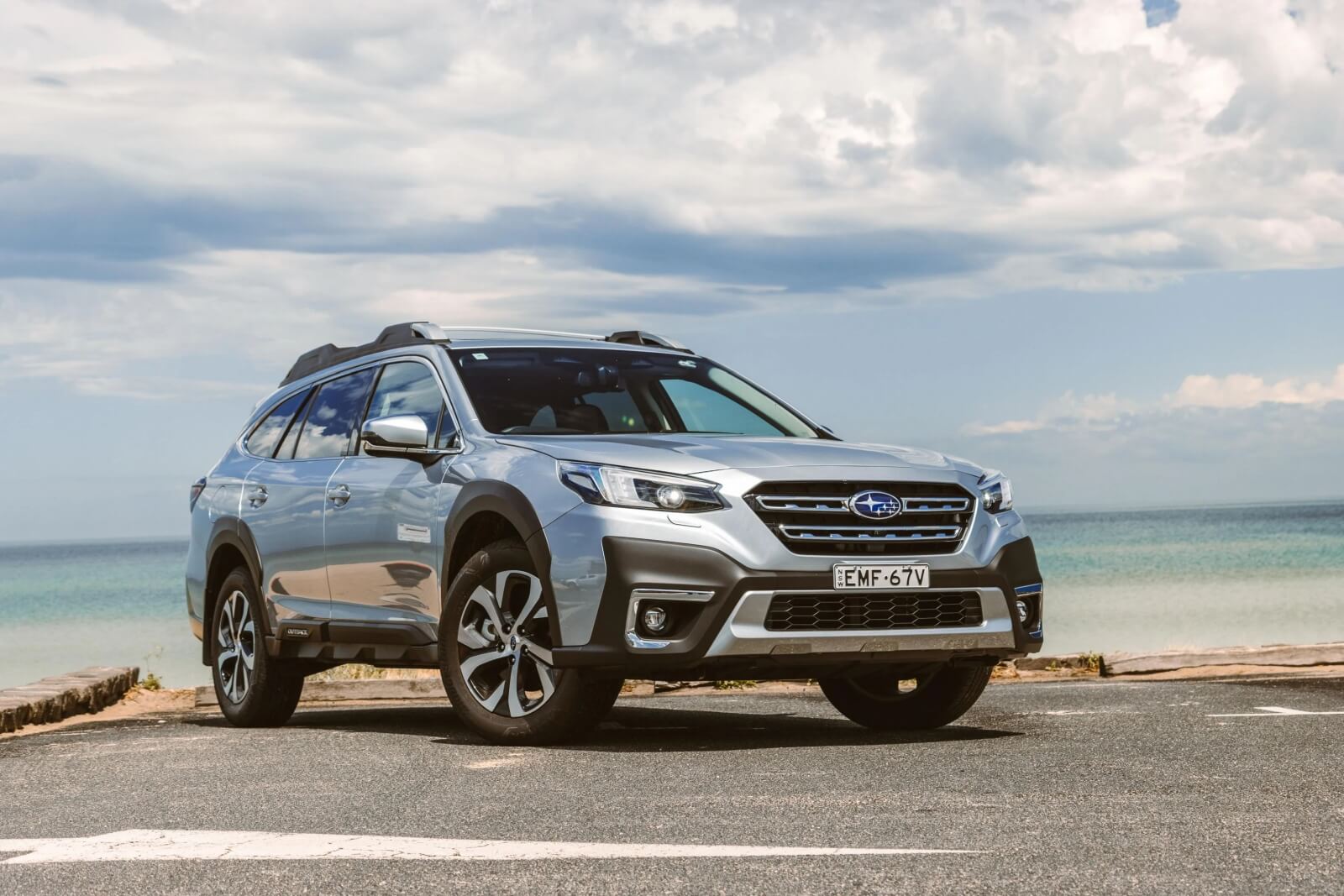
For comparison, the earlier generation Outback had a 3.6-liter six-cylinder engine producing 191kW (at 6000rpm) and a matching 350Nm, but at a higher 4400rpm. The discontinued 2.0-liter turbo-diesel model churned out 110kW (at 3600rpm) and 350Nm (between 1600 and 2800rpm). The Outback’s main competitor, the Volkswagen Passat Alltrack, delivers 162kW and 350Nm from its 2.0-liter turbo four.
The XT also incorporates a continuously variable transmission like the base model Outback’s engine, albeit with a different design.
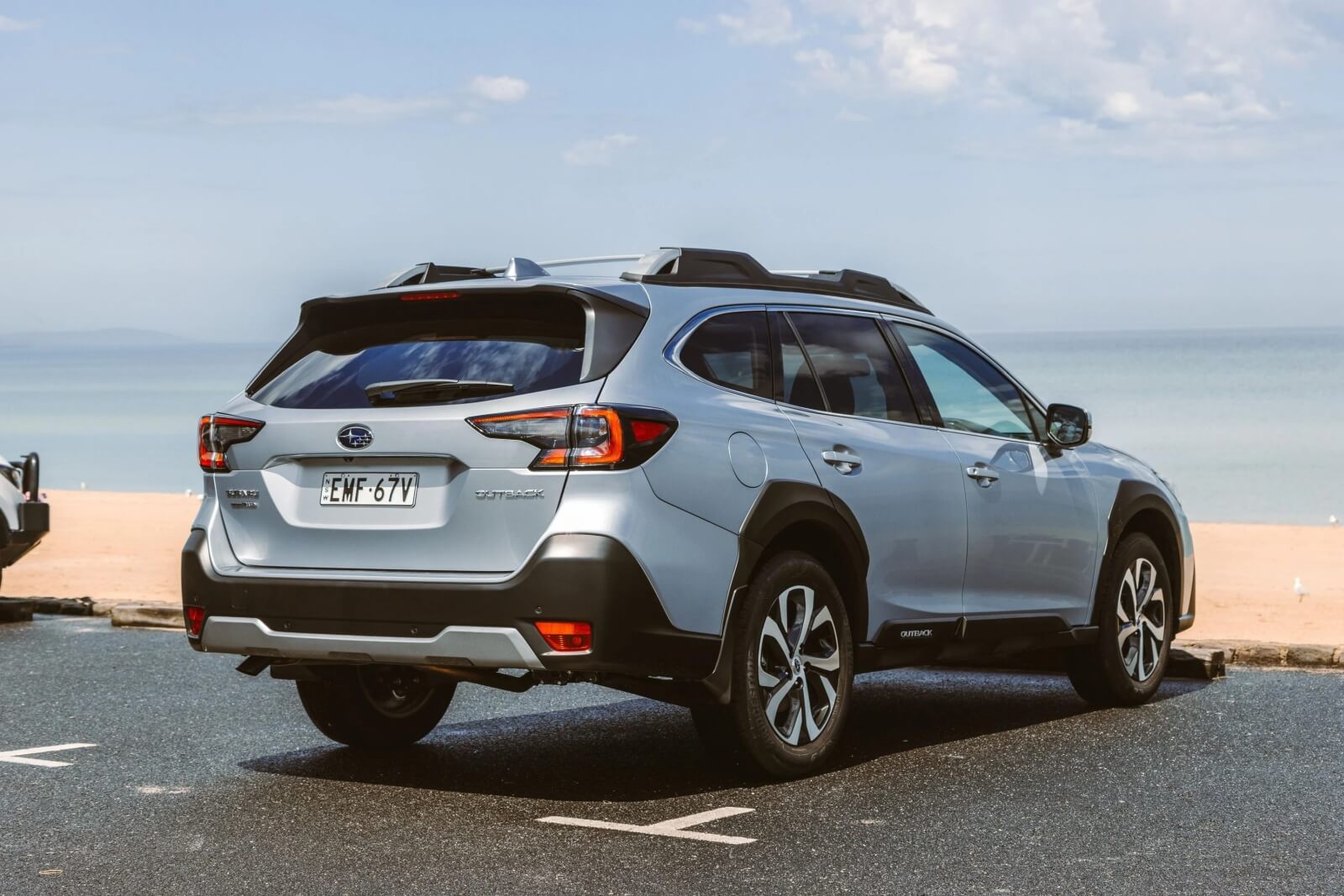
The maximum towing capacity, when braked, has increased from 2000kg to 2400kg, a new high for an Outback. The unbraked towing capacity remains at 750kg across all models.
Though we couldn't carry out a standard combined cycle assessment, we noted fuel efficiency of 8.8L/100km on one highway journey with the standard engine and 10.5L/100km on a similar trip with the turbo. The official combined cycle claim is 7.3L/100km for the standard engine and 9L/100km for the turbo, which is slightly better than the previous six-cylinder model's 9.9L/100km.
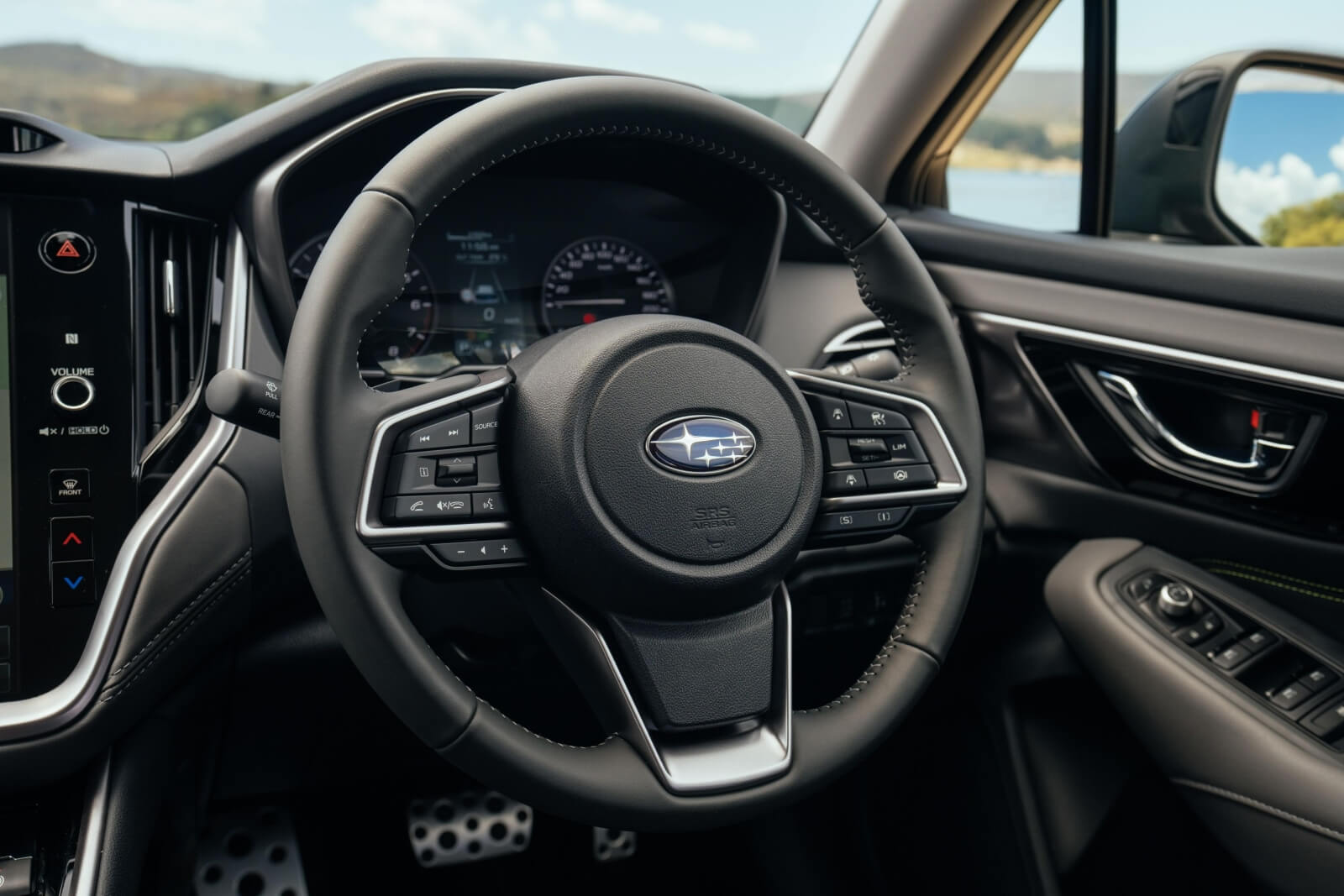
How does the Subaru Outback XT drive?
Notwithstanding the $5000 premium and the higher fuel consumption, once you experience the turbo Outback's throttle, it makes a compelling case for itself.
The performance differential between it and a standard Outback is striking—unsurprisingly, considering a 32 percent (45kW) increase in power and a significant 42 percent (105Nm) hike in torque.
The continuously variable transmission (CVT) benefits from the additional power and torque, and while the throttle revs might flare under heavy use, you won't remain in that discomforting drone zone for long—a stark contrast to the 2.5-litre Outback.
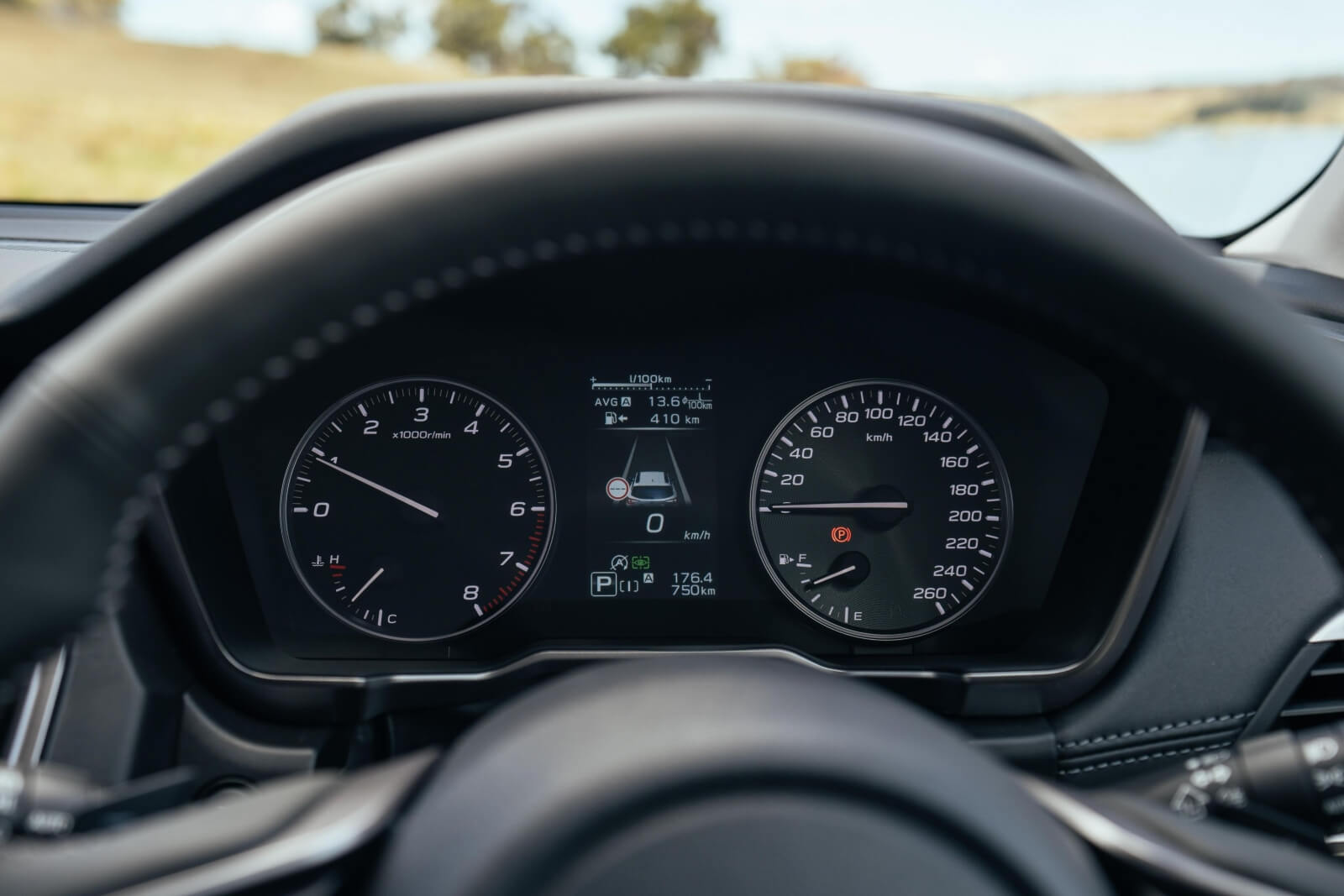
The XT's engine doesn't emit an intimidating rumble or shoot you towards the horizon—despite its roots tracing back to a tamed version of the engine found in the WRX and WRX Sportwagon, it's not intended to be a sporting marvel.
Rather, the CVT and turbo engine pairing take a moment to come alive, but once past the 2000rpm mark, the acceleration is powerful and steady, much as one would expect from large displacement turbo petrol engines.
A 'sport' mode heightens the sense of urgency, and despite the common criticism of CVT automatic gearboxes, Subaru seems to have executed this one beautifully.
The introduction of turbocharging not only enhances performance but also elevates the Outback's towing capacity to 2400kg (an increase of 400kg over a 2.5L Outback).
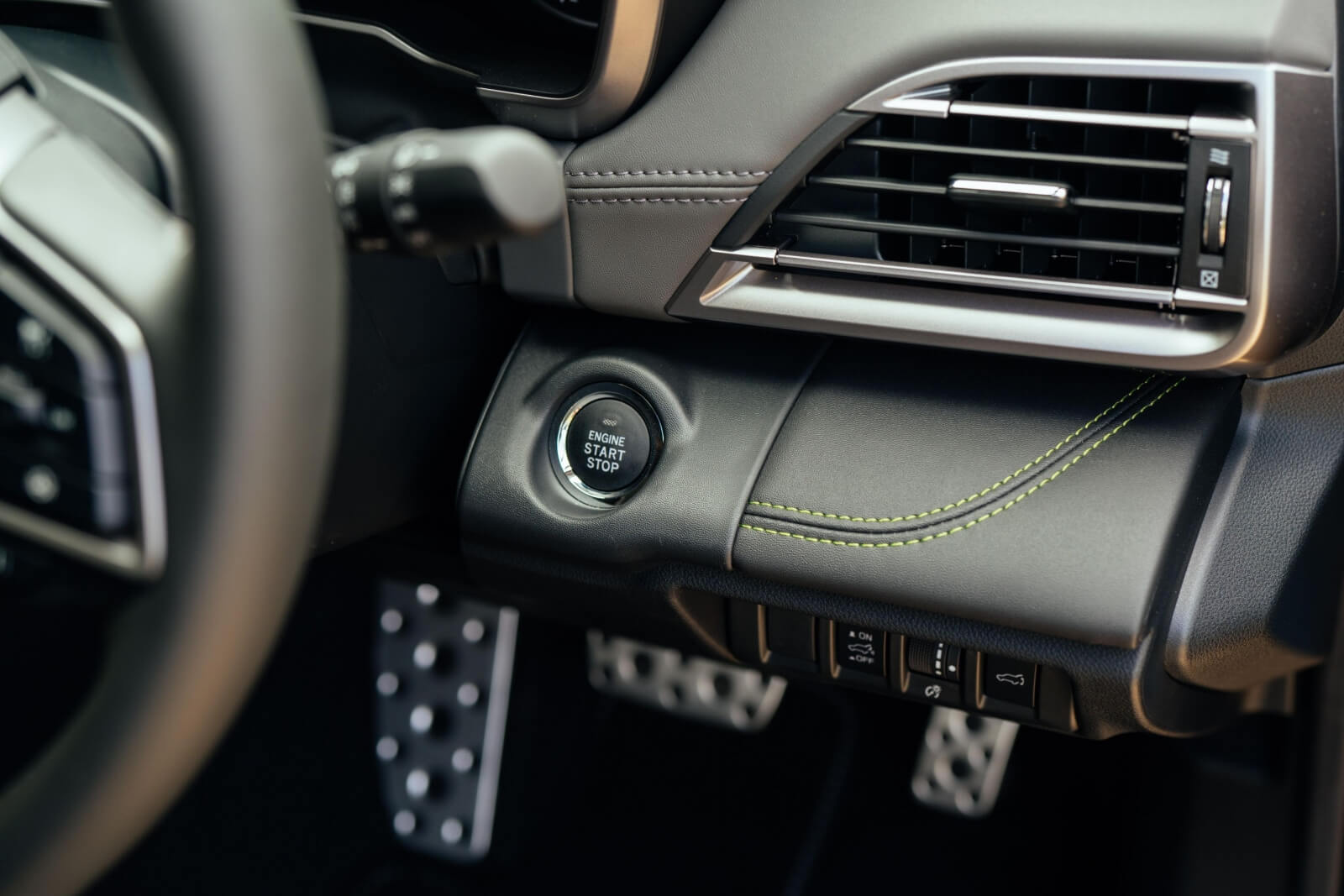
Structurally, the dampers have been retuned to provide a slightly stiffer feel, though it's subtle and never excessively sporty. The front coil springs are also differently adjusted compared to standard Outbacks to accommodate the enhanced performance and towing capacity.
The model's ride is typically smooth, and body lean in tighter corners and some tyre squeal is expected. Prioritizing cruising comfort and offering light steering, its AWD setup ensures a controlled and secure experience on winding roads or less perfect tarmac.
During our testing on severely flood-affected roads and tracks, the Outback admirably absorbed shocks and bumps. Its responsiveness on unpaved terrain hinted at its rally lineage, but safety was its most evident characteristic.
Even when tackling fast downhill, off-camber mountain bends, the Outback maintains assured roadholding, with commendable noise, vibration, and harshness suppression provided by its Bridgestone Alenza H/L33 tyres (measuring a uniform 225/60/18).
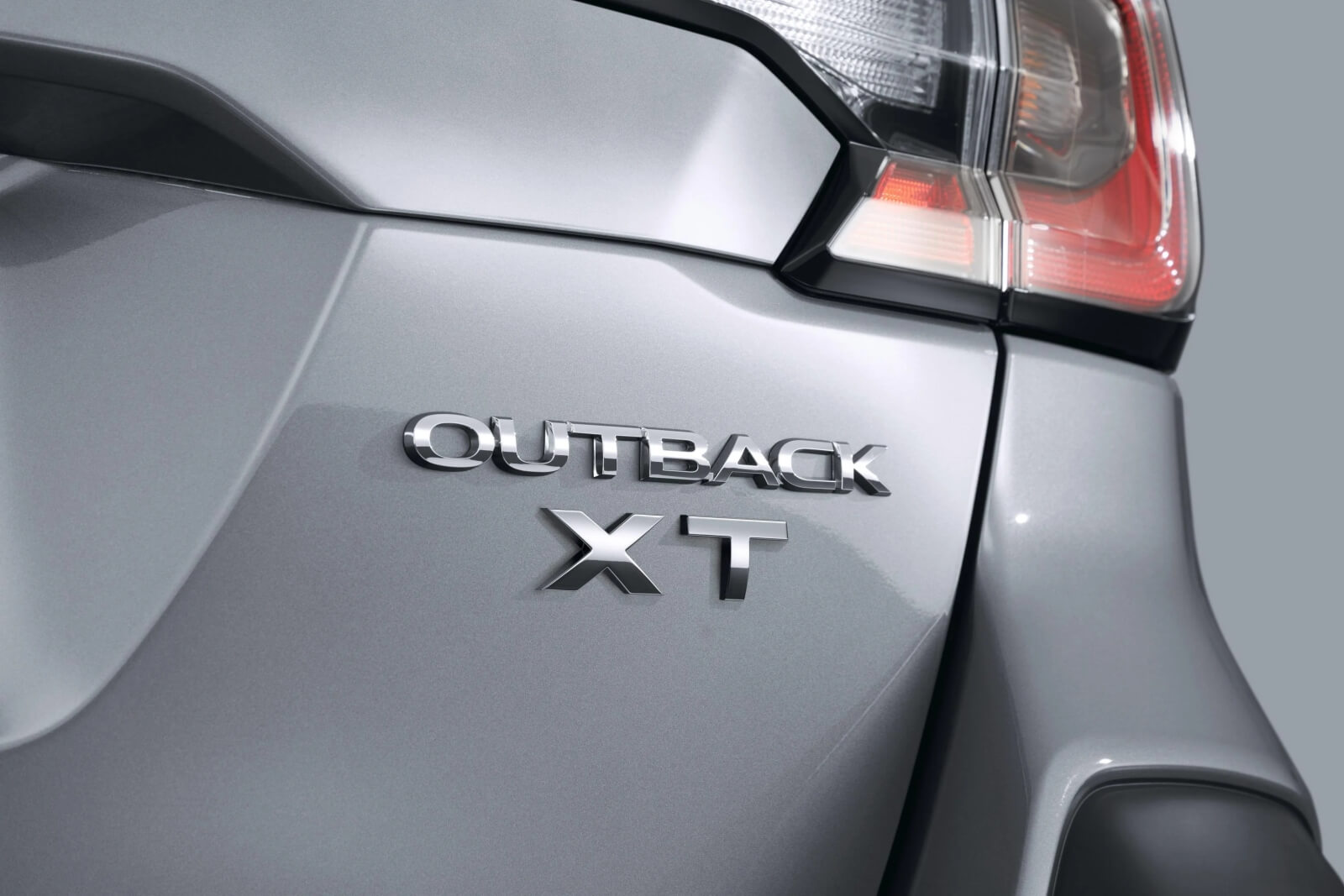
Despite some body roll due to its higher center of gravity, the Outback offers a driving experience more akin to a car than an SUV.
It also features the same X-Mode as other Outbacks, with sturdy 60-section tyres and 213mm of ground clearance. This system modulates traction control, throttle response, and torque, making it suitable for most off-road adventures unless you're tackling extremely challenging terrains.
This user-friendly system incorporates hill descent control and includes a non-slip general Snow/Dirt mode and a Deep Snow/Mud setting for tackling more severe obstacles.
Many outdoor enthusiasts tend to opt for SUVs or trucks with low-range transfer cases, but the Outback could be a fitting alternative.
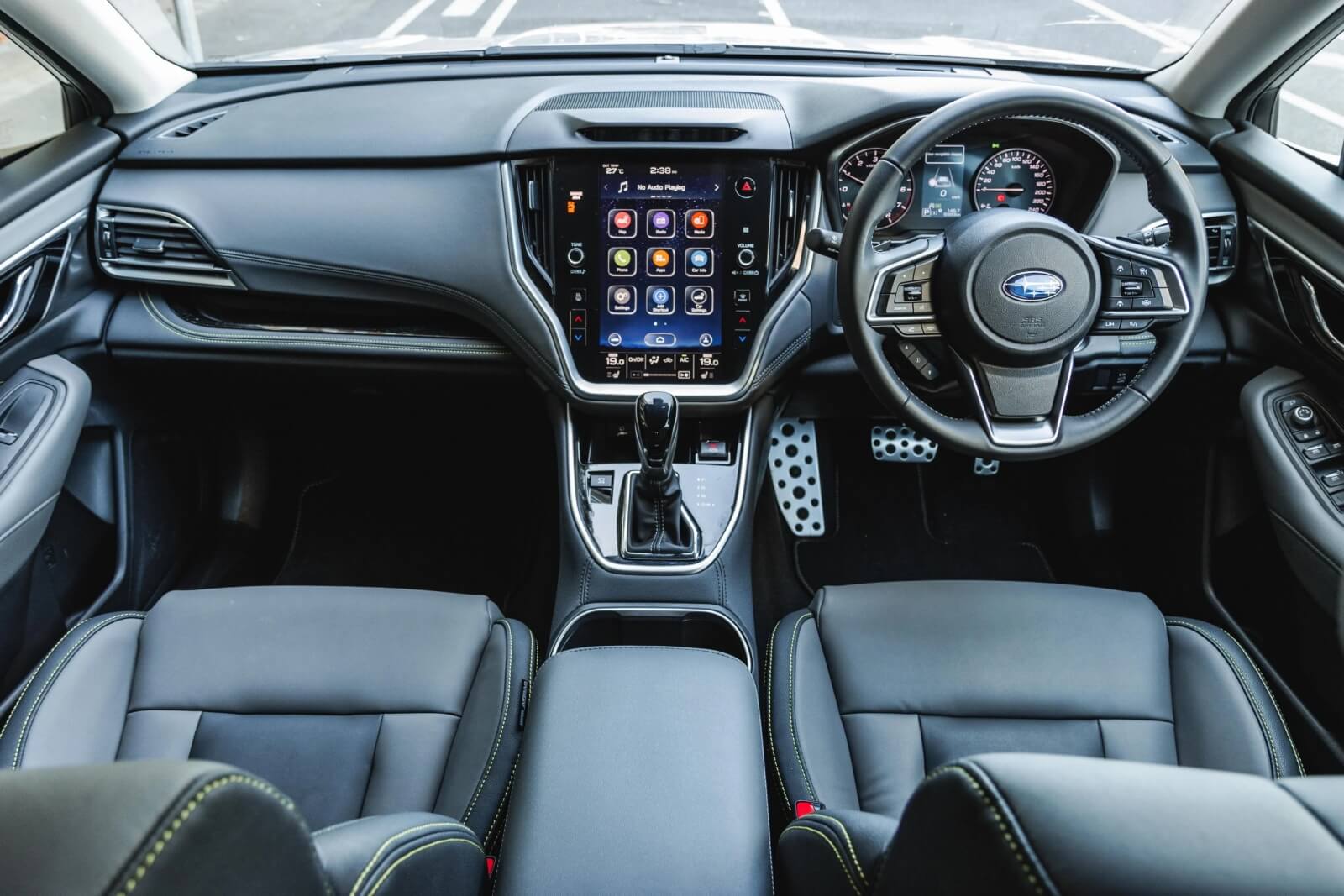
What is the Subaru Outback XT like on the inside?
From the driver's seat, one of the first things you'll notice is the impressive build quality and durability for which Subaru is known—complemented by a touch of luxury with almost everything wrapped in leather.
The dominant feature is the 11.6-inch tablet-style touchscreen, which is largely user-friendly and capable of displaying a broad range of information.
Android Auto users will appreciate the optimized screen utilization that this model provides, a significant improvement over the previous version's limited, letterbox-style aspect ratio.
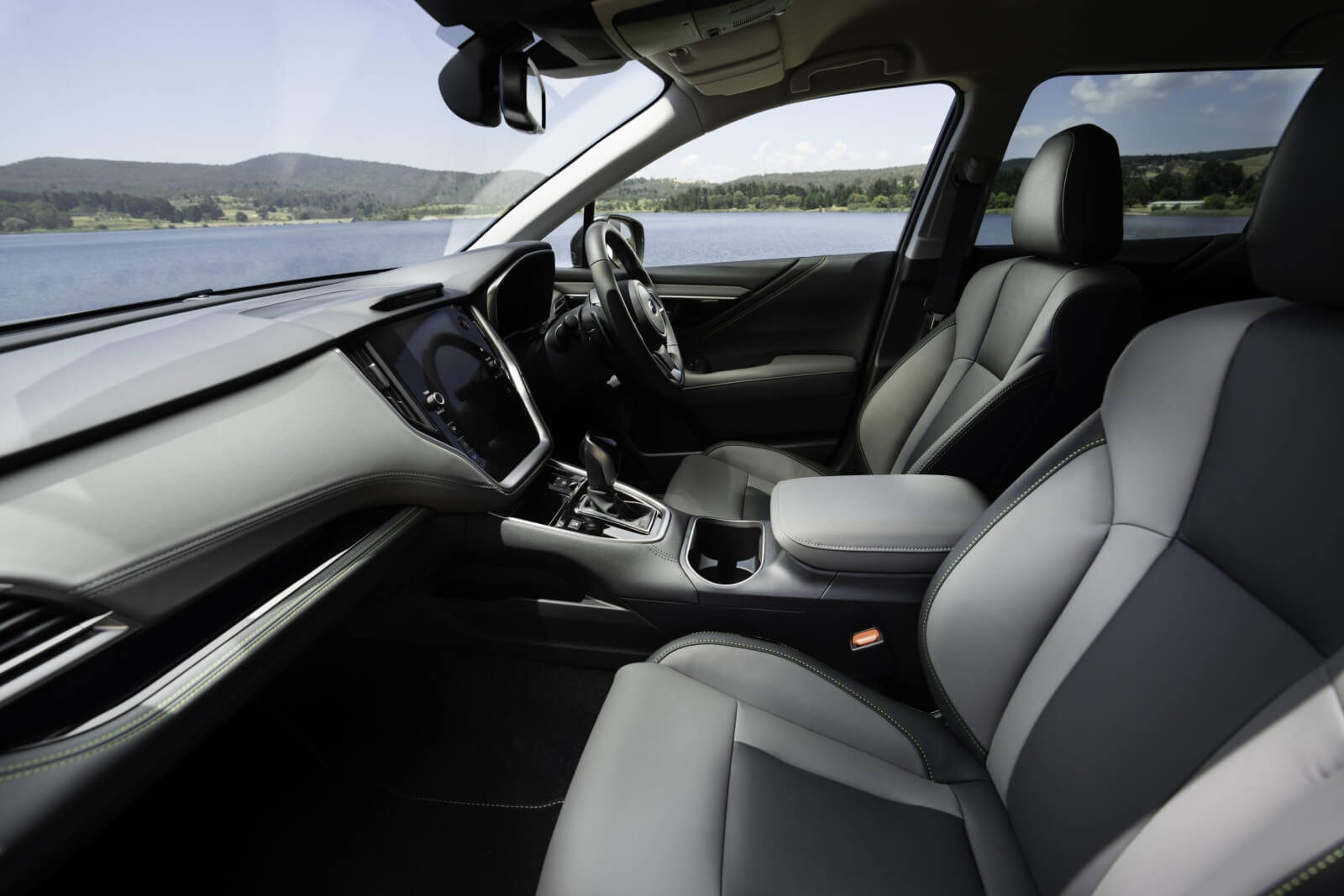
Key features such as the climate control, window defoggers, and audio system are managed through physical controls—a thoughtful addition that promotes safer driving by reducing distractions. The overall feel of the materials used is pleasing, with soft-touch plastics and an unexpected bonus: a CD player hidden under a padded center armrest.
The sports seats, clad in a water-repellent synthetic leather, promise durability and comfort. Yet, the Touring variant's Nappa leather-accented trim truly takes the luxury quotient up a notch.
In line with what we've come to expect from large Subarus, visibility is excellent, thanks to an expansive glass area. Subaru rightfully emphasizes that enhanced visibility can help prevent accidents by allowing drivers to identify potential hazards more swiftly.

The second-row passengers are equally pampered, with ample knee, toe, and headroom, even for a person of average height like me. They also enjoy amenities such as two air vents, two USB ports, and a variety of cup holders.
The spaciousness extends to the cargo area as well—the boot boasts a generous 522 litres of storage space, which can be extended to 1267 litres with the rear seats folded down. Practical features like tie-down points, a 12-volt outlet, a hands-free powered tailgate, and storage compartments on each side add to its functionality.
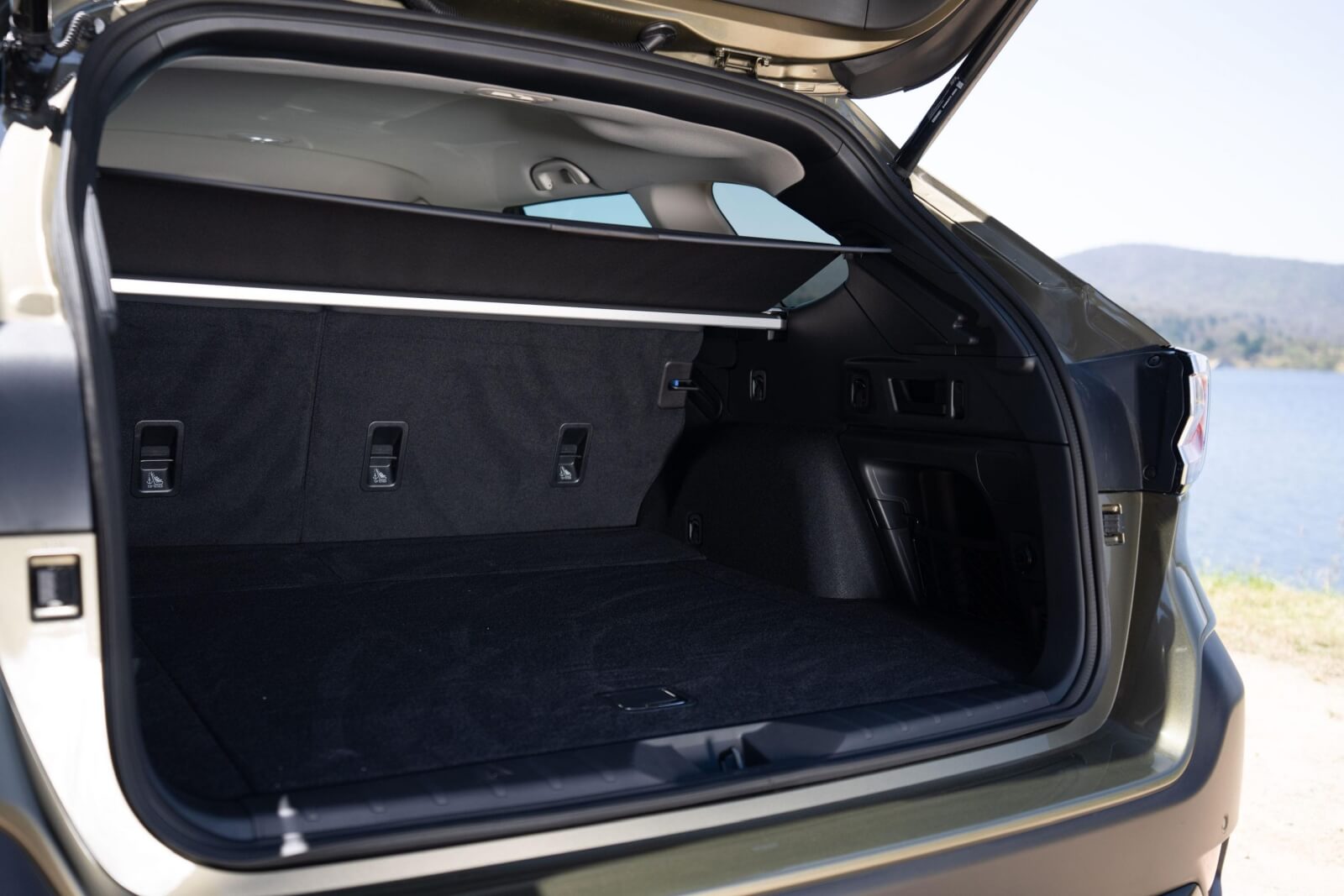
Is the Subaru Outback XT safe?
Securing a five-star ANCAP safety rating based on 2021 testing, the Subaru Outback proves its reliability. It achieved scores of 88% and 91% in adult and child occupant protection respectively, with a vulnerable road user protection score of 84% and an impressive safety assist score of 96%.
Standard safety equipment includes:
AEB (forward and reverse)
Pedestrian, cyclist detection
Junction assist
Autonomous emergency steering
Blind-spot monitoring
Rear cross-traffic alert
Driver attention monitoring
Lane departure warning
Lane keep assist
Lane centring
Traffic sign recognition
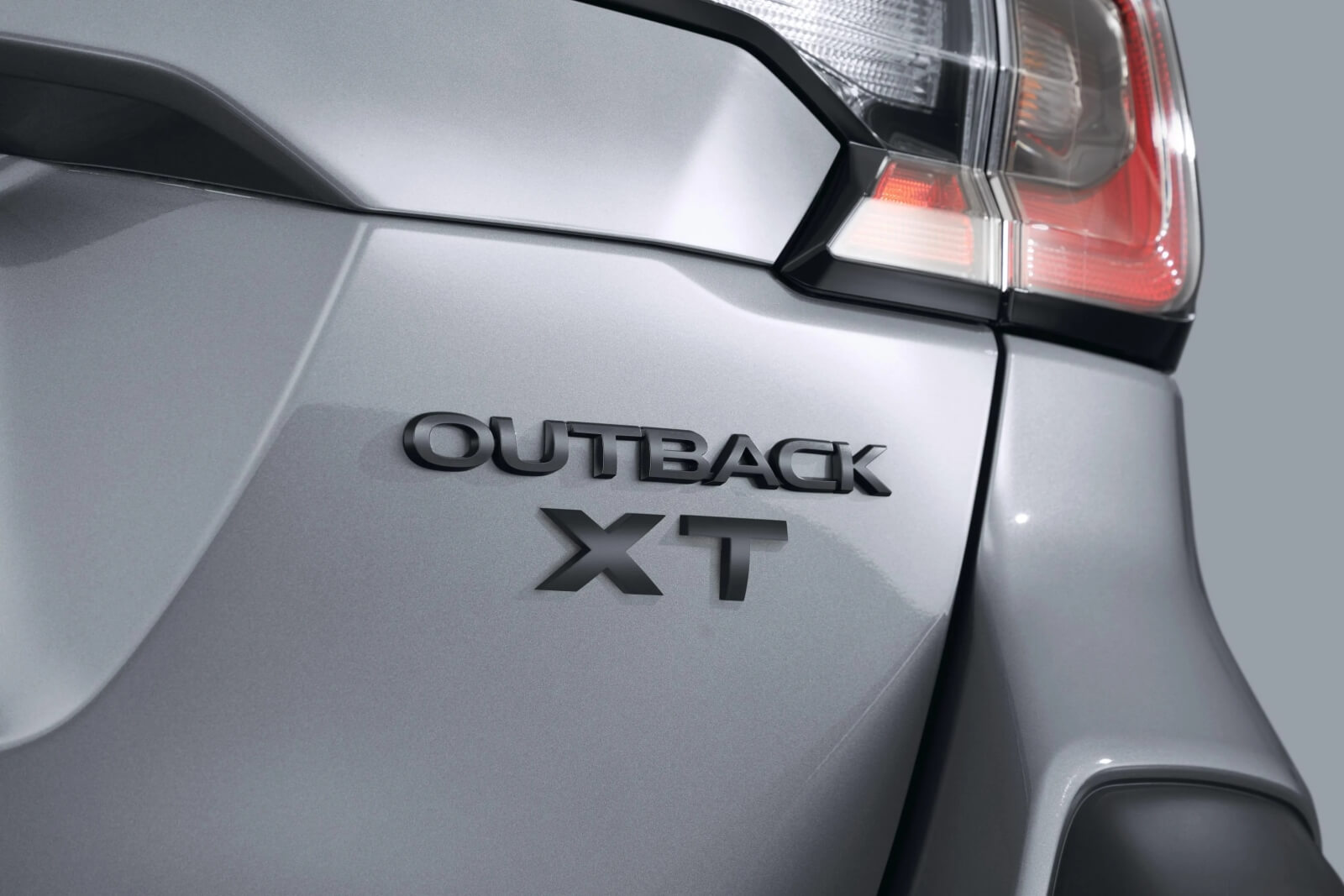
How much does the Subaru Outback XT cost to run?
The Outback demands servicing either annually or every 12,500km, whichever comes first. For the base model, the first five services cost $371, $637, $379, $889 and $399 respectively, totaling $2675 over five years.
XT models' costs are capped at $377, $518, $460, $820, and $404, amounting to $2579 in total. Interestingly, the turbo model is cheaper to maintain, and both models are less expensive to service over five years than the Passat Alltrack ($2800).
During our 500km road test covering both sealed and unsealed roads – inclusive of highway and off-road trails – fuel consumption was a robust 12.1L/100km. The fuel usage figure, however, eased to just under 8.0L/100km when cruising at 110km/h.
An additional cost consideration: turbo Outbacks require the more expensive 95RON unleaded; regular Outbacks are content with the cheaper 91.
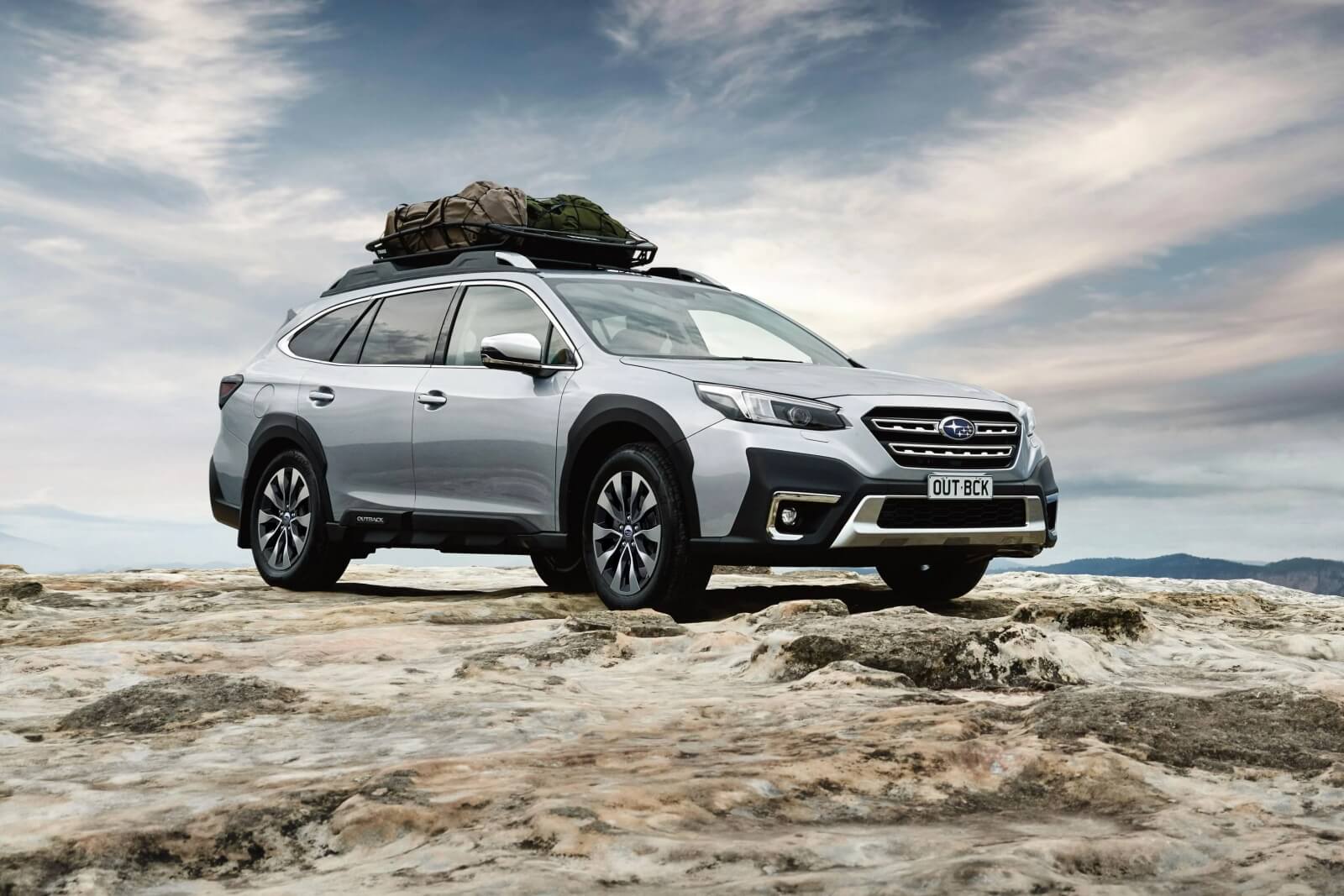
Yeecar’s Take on the Subaru Outback XT
The turbo-charged Outback XT offers a significantly enhanced driving experience by rectifying the base model's relative lack of power and torque.
The turbo-charged Outback is the most refined and enjoyable one to date, compromising none of its rugged appeal, off-road prowess, or expansive skill set.
This enhanced version transforms a universally admired all-rounder into a compelling option for those who previously dismissed it due to the perceived lack of a potent powertrain.
The turbo option undoubtedly adds value but may not be the best choice for everyone. The $5000 premium and the increased running costs are factors that cannot be overlooked. Regardless of the model choice, a 9.0L/100km combined average on 95RON fuel is on the higher side.
As the trend of Australians gravitating towards an outdoor 'lifestyle' vehicle intensifies, the Subaru Outback confidently meets the demand. It ventures further than most standard unibody SUVs when the paved road ends.
Additionally, it offers an on-road sophistication that traditional ladder-frame SUVs simply cannot match. The Subaru Outback, true to its moniker, seems tailor-made for Australian conditions.

